GHOSTS 2024 Calendars, The Great War & A Time Remembered
by Philip Makanna
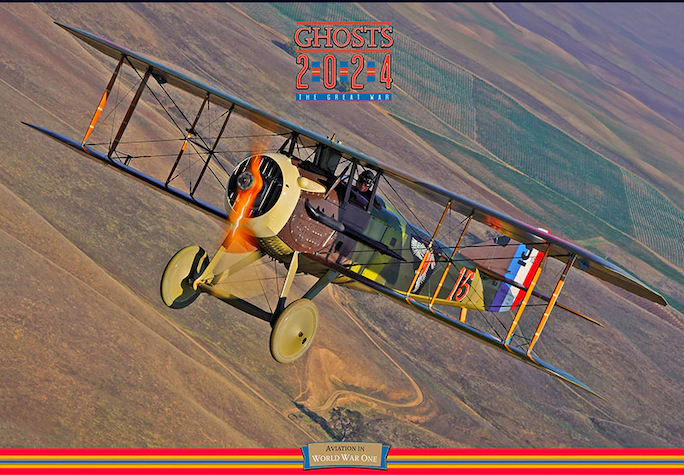
 “We don’t do calendars,” he said.
“We don’t do calendars,” he said.
“Except . . . ,” she said.
Except when there is a really good reason to make an exception! But even then, why do a current-year calendar when Q1 is already winding down and it has been for sale since the previous August?
It all started with a book we reviewed a week earlier, a fine book that was remarkable both for the topic and the author, and the fact that it had been published posthumously because he had perished, too young, in a flying accident doing what he loved best—and, the plot thickens, because it featured photos by Phil Makanna. That book was the size a normal, conventional book ought to be, 8″ x 10″ in this case, meaning the photos in it are smaller still. And that won’t do a Makanna photo any justice.
Good thing Makanna also produces calendars, a substantial 20″ x 14″ (open 20″ x 28″). At that size you are able to behold detail; in fact there is so much detail, clarity, sharpness, contrast that aspiring photographers will look at their own gear in despair. In fact, if you hadn’t been told these are photographs you’d think they must be paintings, not just for the aforementioned attributes but because it is just too implausible that anyone should have the ability to stage these air-to-air scenes, sometimes with multiple aircraft, everything moving in multiple dimensions, in ever unpredictable lighting and atmospheric conditions.
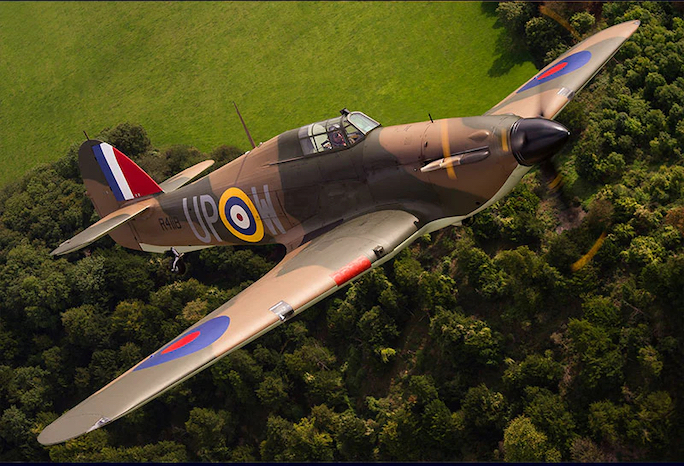
Everything is sharp and in focus—the grass, the trees, every rivet on the aircraft. How does he do it . . . ?
Moreover, Makanna and his wife have produced the GHOSTS calendars for now 44 years! High time, then, that we review the two versions, one about WWI and the other about WWII combat aviation. Our primary interest is in the craft and organization of the calendars, not the aircraft.

Observe how clearly you can see the fabric stretched taut on the wings. Aviators will ponder the almost implausible dynamics here. Compare the angle of bank to the ground. Larger, heavier aircraft of the vintage of this Pfalz D.III could barely accomplish a 45-degree angle before losing lift and nosing into the ground.
They are printed on sturdy, glossy (coated) paper and suitable for framing. During the calendar year it is meant to hang on the wall for which purpose it comes predrilled with two holes small enough to later be hidden by a mat. On the inside front cover, which would bear the brunt of the weight, the holes are reinforced with clear tape. The bottom part of the calendar shows the days (duh), each one in a square that will also display noteworthy aviation events on that day in history. On the bottom right will be specifications and silhouettes (3-views) of the aircraft in the main illustration, and on the bottom left are shown thumbnails of the previous and the following months. 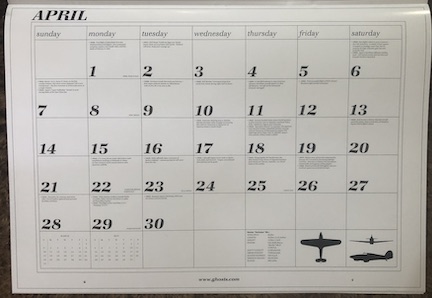 And each August ends with the helpful reminder to order your calendar for the next year.
And each August ends with the helpful reminder to order your calendar for the next year.
The aircraft are identified by type/variant and serial/registration number, and an opening page discloses owner, pilot/crew, and location. Long story short, Makanna has thought this through! Which must mean he has a reason for not listing the date. On the one hand this is not critical, on the other hand the very serious aviation enthusiast who pays attention to the comings and goings of machines through the various collections may on occasion be stumped. Example, the book mentioned above was written by vintage aircraft collector Javier Arango—but he died in 2017 so how come he’s listed in a 2024 calendar as one of the photo plane pilots? Because the photos used are older than 2017. (That three WWI aircraft from his collection make an appearance here is neither nor there, although his estate donated two particularly important specimens to the National Air and Space Museum, which would affect their ownership status, but neither is shown here anyway).

Obviously the camera plane in this case is not a Harvard, it’s a Bristol F2B, to match the vintage of the Fokker D.VII.
Another thing the calendars are mum about are the nitty-gritty of the gear and logistics except that Makanna (b. 1940) is a Nikon man. That he trained as a painter (with an MFA, then taught painting and sculpture) is so evident in the composition of his photos. The switch to video and then photography was the unplanned outcome of a 1960s US government program that distributed gear to colleges—but no one knew how to work it or what use to put it to. In other words, Makanna learned everything he knows about photography from Nikon instruction manuals! Even the aircraft bit was a happenstance development because one of the magazines for which he freelanced sent him to cover the Reno air races, and the photos (all ground-to-air) caught the attention of a publisher and led to his first book. Nowadays, Makanna has such a sterling reputation that he doesn’t have to chase photo subjects anymore, they come looking for him. Pilots may be surprised to learn that he is not a pilot himself—and suffers from motion sickness to boot—but won’t be surprised at his choice of favorite camera platform, the stable if slowish North American AT-6 “Harvard” trainer.
‘Nuff said. Buy the calendar. Every year. (Even old ones are easily found.) 
Oh, one more thing: if looking at the dynamic photos makes you wish for sound, Makanna has you covered—he sells a CD of aircraft sounds (right)!
Copyright 2024, Sabu Advani (speedreaders.info).
GHOSTS 2024 Calendar, The Great War
by Philip Makanna
GHOSTS, 2023
calendar
List Price: $17.99 + $10 shipping
ISBN 13: 978 0 916997 69 4
and


 RSS Feed - Comments
RSS Feed - Comments



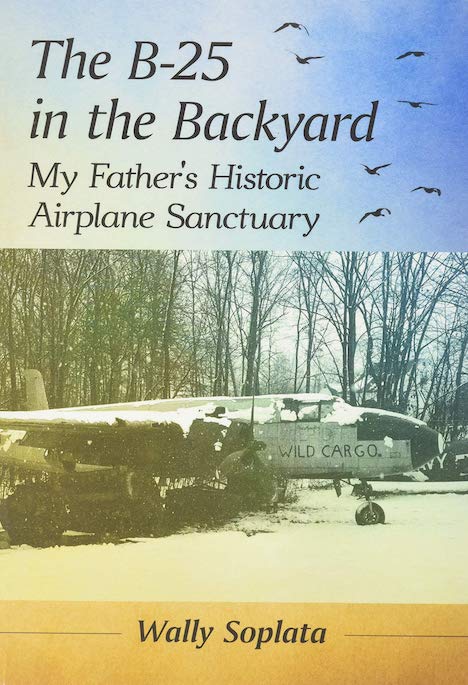

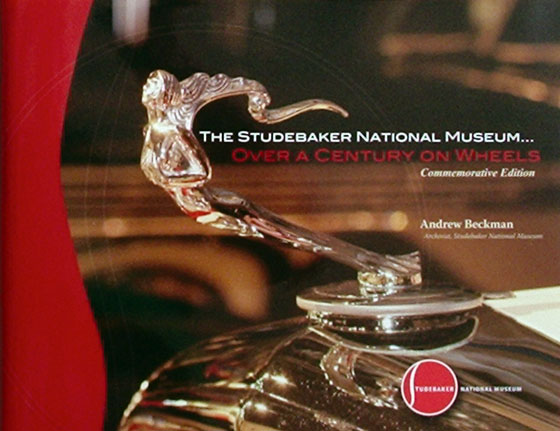



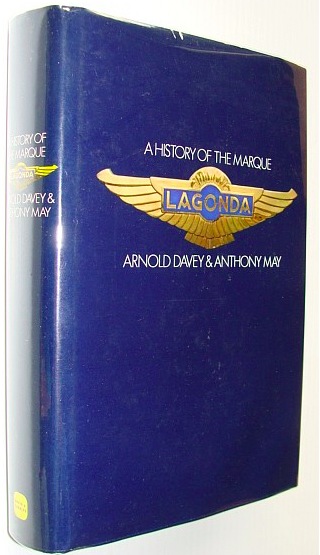


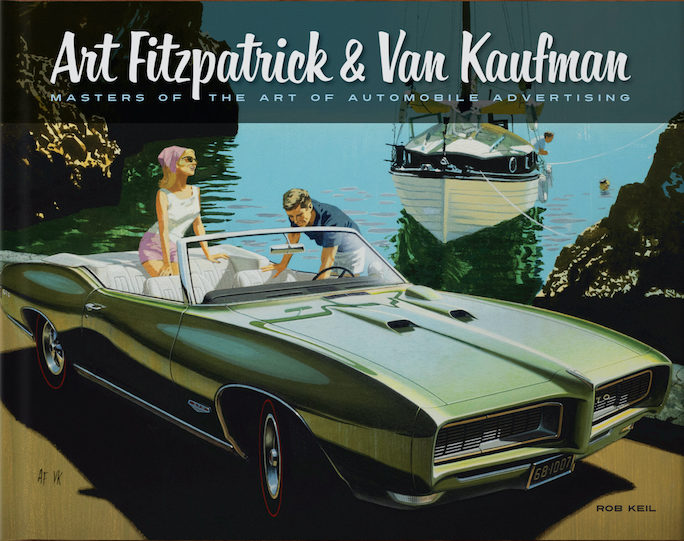
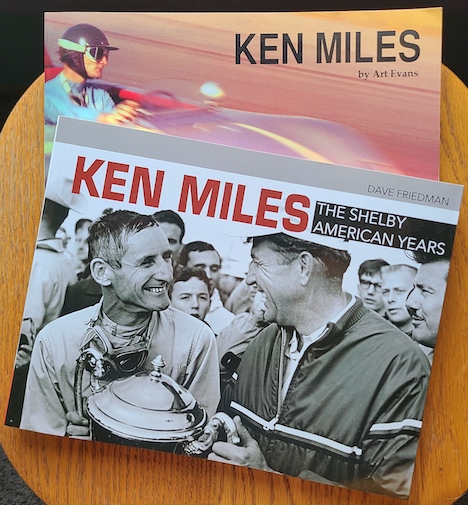
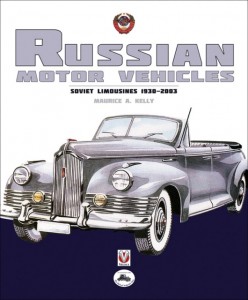
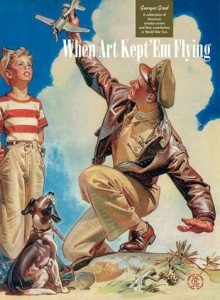
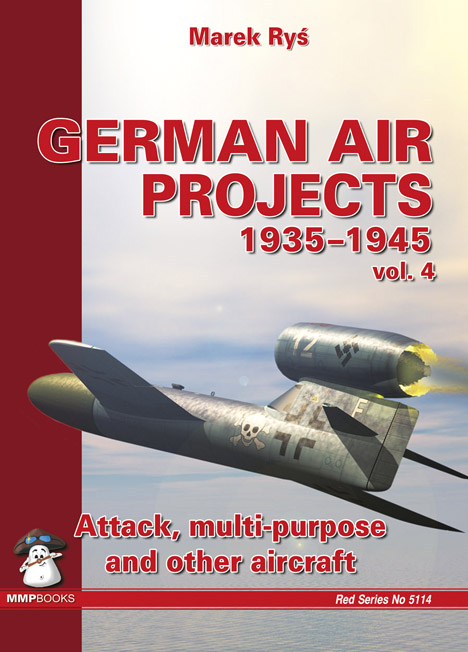

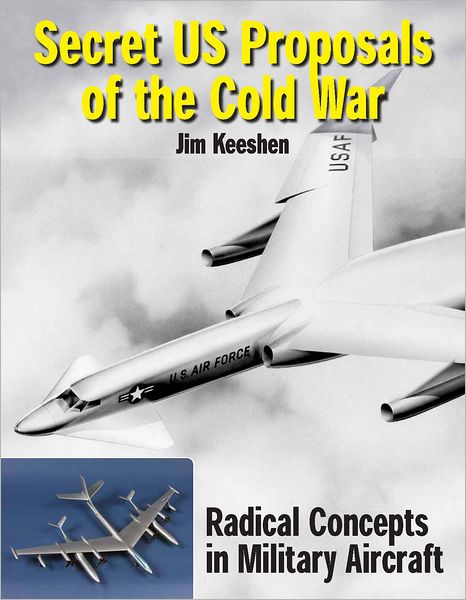








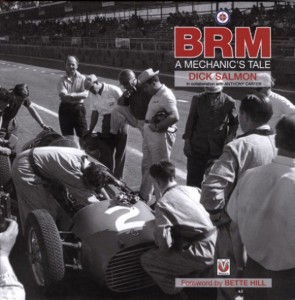
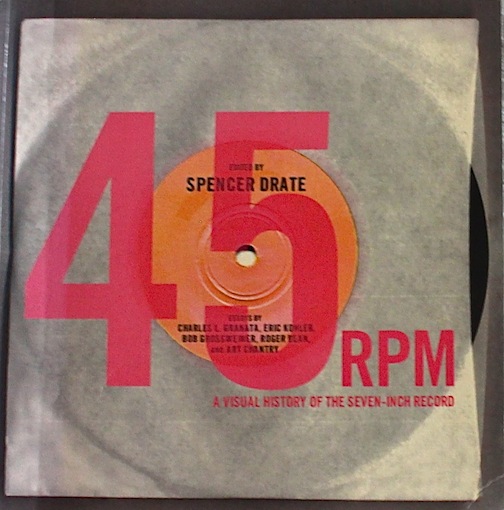



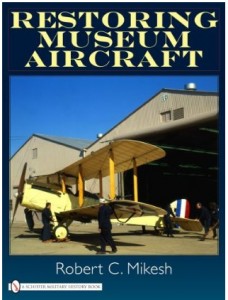

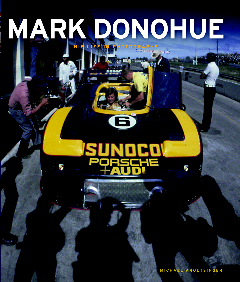
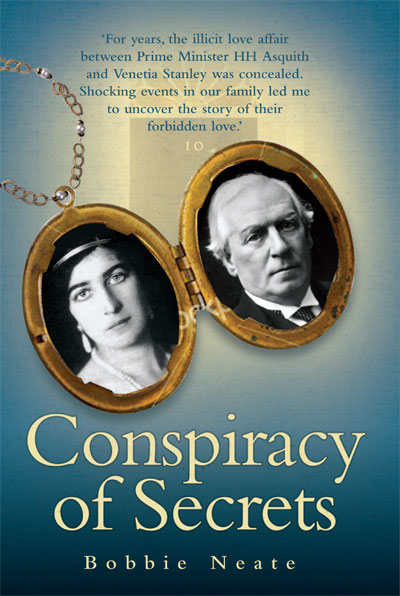







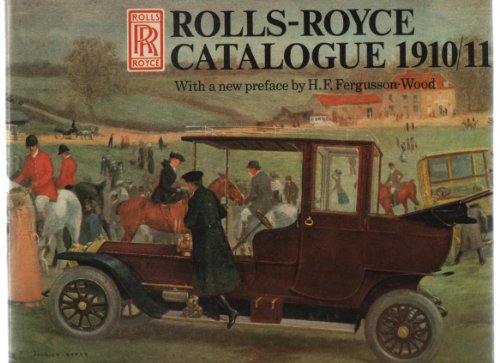


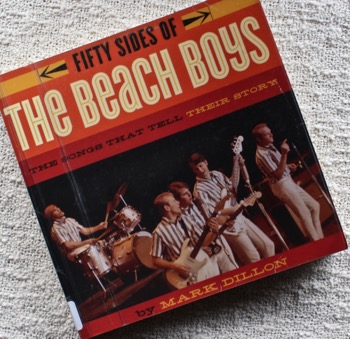


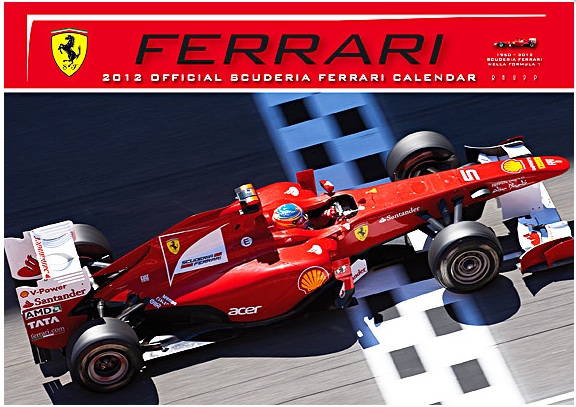





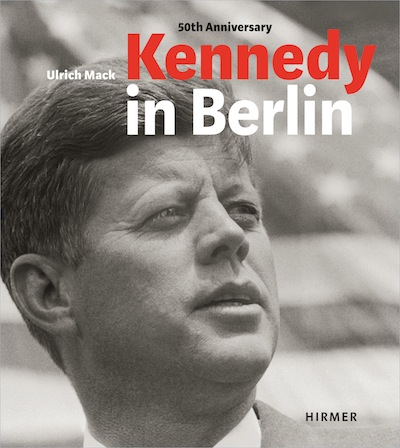




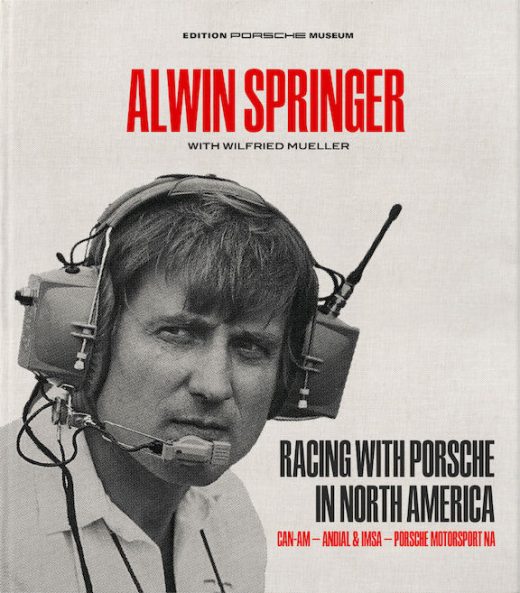
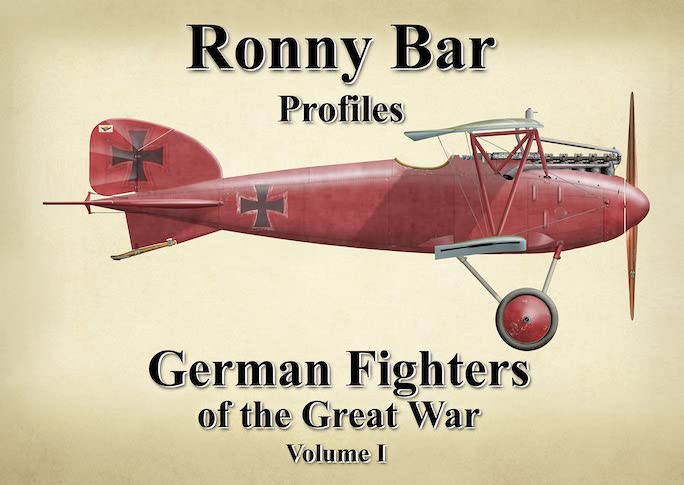
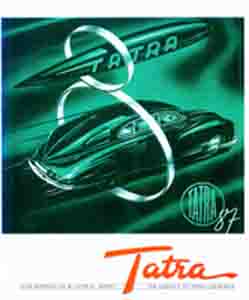



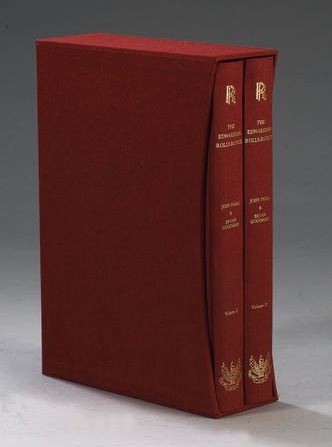
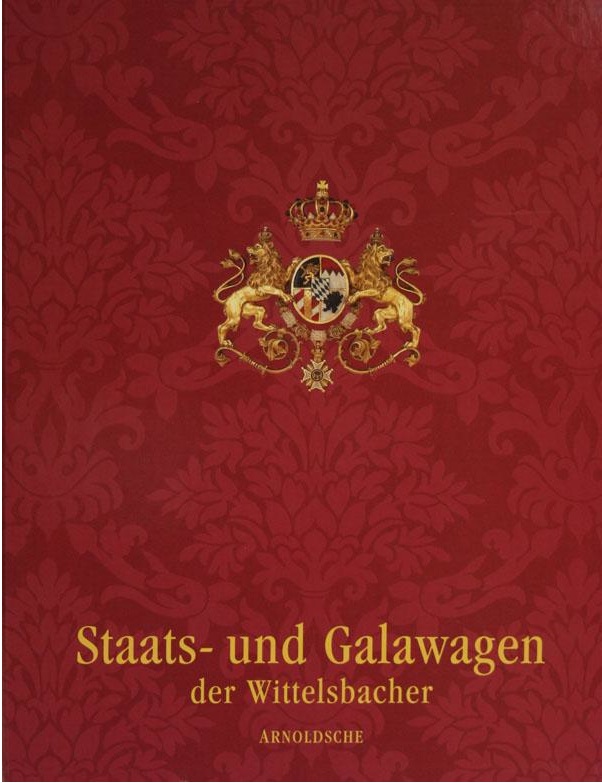
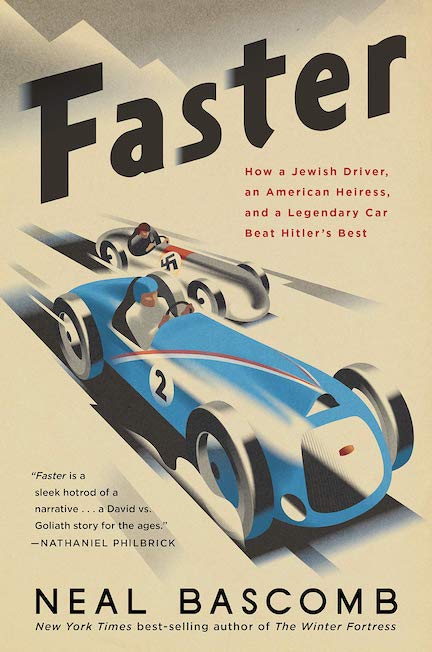

 Phone / Mail / Email
Phone / Mail / Email RSS Feed
RSS Feed Facebook
Facebook Twitter
Twitter